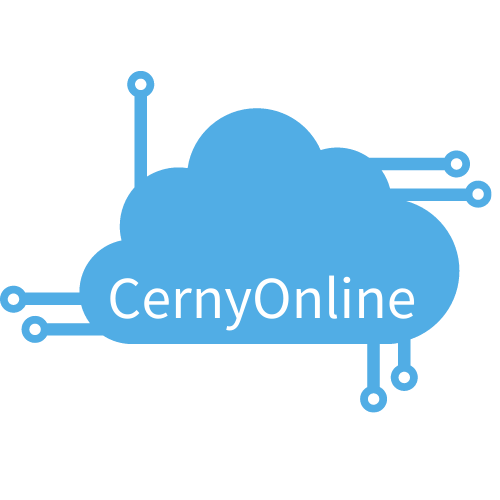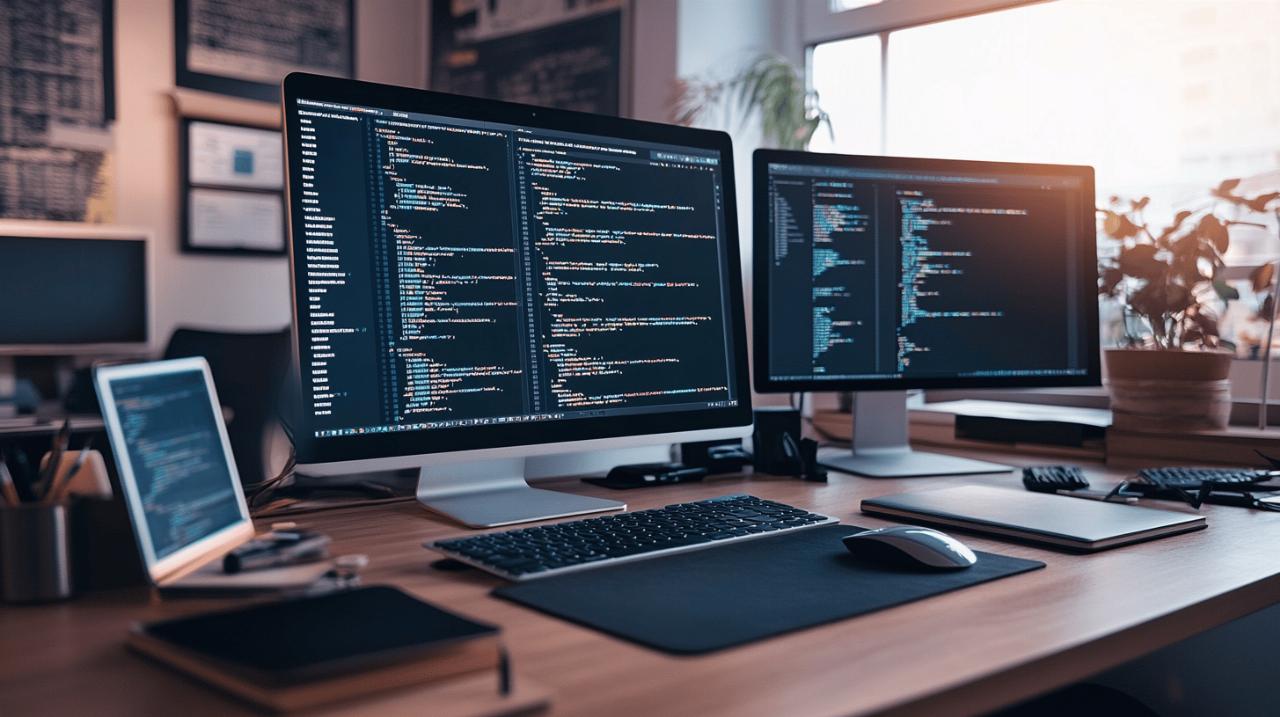Mastering Your LinkedIn Presence with the Perfect Cover Photo Size
Creating a standout online presence starts with mastering the visual elements of your LinkedIn profile. The right cover photo establishes your professional brand immediately and makes a lasting impression on visitors. Understanding the technical specifications ensures your image displays perfectly across all devices.
Optimal linkedin cover photo dimensions
Your LinkedIn profile serves as your digital business card in today's professional world. The cover photo occupies prime real estate at the top of your profile, making it a critical element for creating a strong first impression. Getting the dimensions right is essential for presenting yourself professionally.
Pixel-perfect measurements for desktop and mobile viewing
The ideal size for a LinkedIn background photo is 1584 x 396 pixels with a 4:1 aspect ratio. This dimension ensures optimal display across both desktop and mobile interfaces. Many professionals enhance your profile with the right LinkedIn cover photo size to maintain visual consistency when viewers access their profiles from different devices. For company pages, the recommended banner size differs slightly at 1128 x 191 pixels with a 5.91:1 aspect ratio. These precise measurements prevent awkward cropping or distortion that might detract from your professional image.
File format and size limitations for quality preservation
LinkedIn accepts PNG and JPG formats for cover photos, with a maximum file size of 8MB. Using high-resolution images (300 DPI) guarantees your banner appears crisp and professional. While GIF formats are technically accepted, static images typically work best for maintaining a polished look. When designing your cover image, tools like Canva offer user-friendly templates specifically sized for LinkedIn banners, making it simple to create visually appealing graphics without advanced design skills.
Strategic cover photo design elements
 Creating an impactful LinkedIn presence starts with understanding the perfect dimensions for your cover photo. For personal profiles, the optimal size is 1584 x 396 pixels with a 4:1 aspect ratio, while company pages require 1128 x 191 pixels with a 5.91:1 aspect ratio. Both should be under 8MB and use PNG or JPG formats for best results. A well-designed banner signals your attention to detail and professional competence across LinkedIn's network of 930 million monthly active users.
Creating an impactful LinkedIn presence starts with understanding the perfect dimensions for your cover photo. For personal profiles, the optimal size is 1584 x 396 pixels with a 4:1 aspect ratio, while company pages require 1128 x 191 pixels with a 5.91:1 aspect ratio. Both should be under 8MB and use PNG or JPG formats for best results. A well-designed banner signals your attention to detail and professional competence across LinkedIn's network of 930 million monthly active users.
Brand alignment techniques through visual hierarchy
The visual hierarchy of your LinkedIn cover photo creates immediate impact for your personal or business brand. When designing your banner, incorporate key branding elements like your logo, tagline, and brand colors to maintain consistency. Strategic image choices should reflect your industry and professional identity. For optimal results, use high-resolution images (300 DPI) that visually communicate your skills or services. Many professionals find success using design tools like Canva, which offers templates specifically sized for LinkedIn's dimensions. Your cover photo can showcase accomplishments, feature team photos, or display your workspace—each choice tells a different story about your professional identity. Some effective approaches include featuring logos of companies you've collaborated with or incorporating industry-specific imagery that positions you as an expert in your field.
Text placement considerations for cross-device compatibility
When adding text to your LinkedIn cover photo, strategic placement ensures visibility across all devices. The banner displays differently on desktop versus mobile interfaces, so avoid placing crucial text or visual elements at the edges. Test your design across multiple devices before finalizing to confirm all key elements remain visible. Limiting text content helps maintain clarity—excessive text can appear cluttered, especially on smaller screens. The color palette you select impacts text readability; ensure sufficient contrast between text and background elements. While the maximum dimensions are 1584 x 396 pixels for personal profiles, the safe zone for critical content is more limited. Tools like Photoshop, Illustrator, Figma, and particularly Canva (recommended for its user-friendly interface) offer templates with appropriate guidelines for text placement. For companies leveraging LinkedIn for B2B marketing, proper text placement in cover photos contributes to the 33% increase in purchase intent many brands experience after LinkedIn ad exposure. Remember that your cover photo works alongside your 400 x 400 pixel profile picture to create a cohesive first impression.


